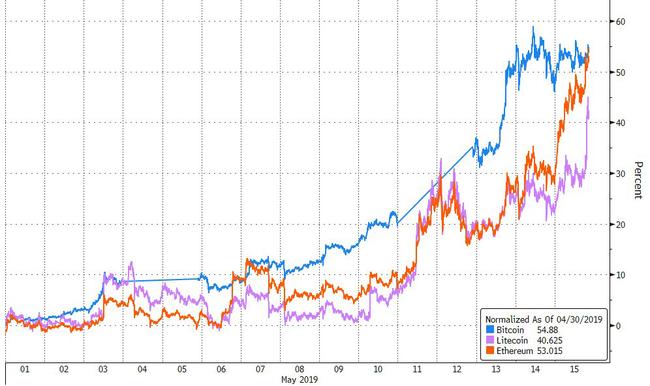376 addresses, which are probably not exchanges and other service providers, control 33% of all currently existing Ethereum coins. Nevertheless, these whales are responsible only for 7% of all transactions on the network and have little effect on quotes, although they may temporarily spur volatility with massive sales. This is stated in the report of the analytical company Chainalysis.
Note that in 2016, these whales controlled 47% of the total emissions, but then began to lose ground. In 2018, this figure dropped below 30%. Mentioned major players do few transactions and prefer to hold assets for a long period of time.

Chainalysis found that, on average, the price of Ethereum follows the price of Bitcoin – if the latter rose by 1%, one day later, ETH will show an increase of 1.1%. At the same time, the first cryptocurrency does not affect the intraday volatility of ETH.
It is noteworthy that transfers of whales to the exchanges do not exert pressure on Ethereum quotes, but only stimulate the growth of intraday volatility.
If the whale transfers funds from the exchange to a private wallet, then this does not have any effect either on the price of ETH or on volatility.
So, analysts have concluded that the influence of large players on the movement of quotations is overvalued.
Ethereum, meanwhile, has shown strong growth in the region of $ 240- $ 250.

ETH / USD , TradingView data
Recall, according to Chainalysis estimates, back in the early autumn of last year, the whales controlled about 30% of the total Bitcoin emissions, but at the moment this figure has dropped to 20%.
Subscribe to BlockchainJournal on YouTube !
BlockchainJournal.news
BlockchainJournal.news

